Abstract
Chronic and intermittent abuse of one family member by another is common. Victims may be children who are sexually or physically abused, wives or live-in partners, or older relatives. Physicians are often the first points of contact for patients who have been abused, but the abuse is frequently concealed by the victims. Physicians should be alert to signs of battering such as bruises in various stages of healing, unusual behaviour in children and interpersonal difficulties in the family. There are a number of options in prevention and treatment, including referral to social service and legal authorities, calling on other resources in the family and helping the individual develop coping skills. This review also lists a large number of social agencies in Canada that are willing to help victims of abuse.
Full text
PDF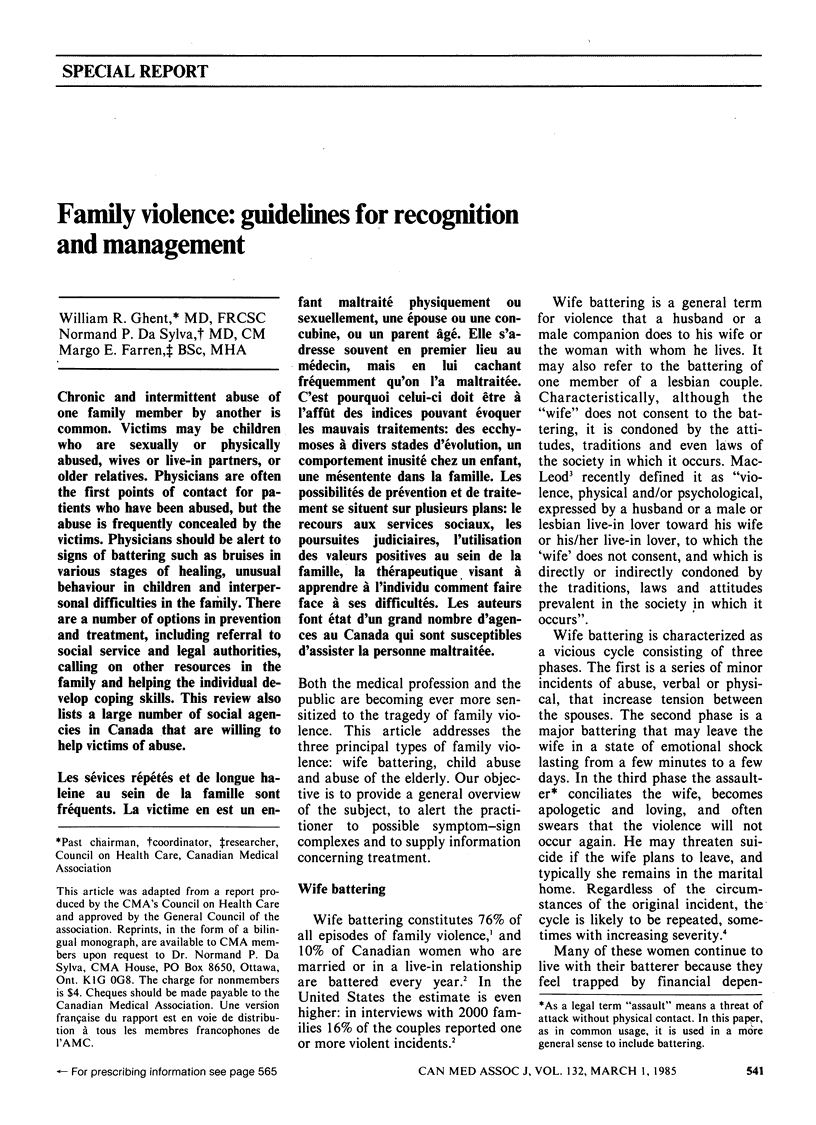
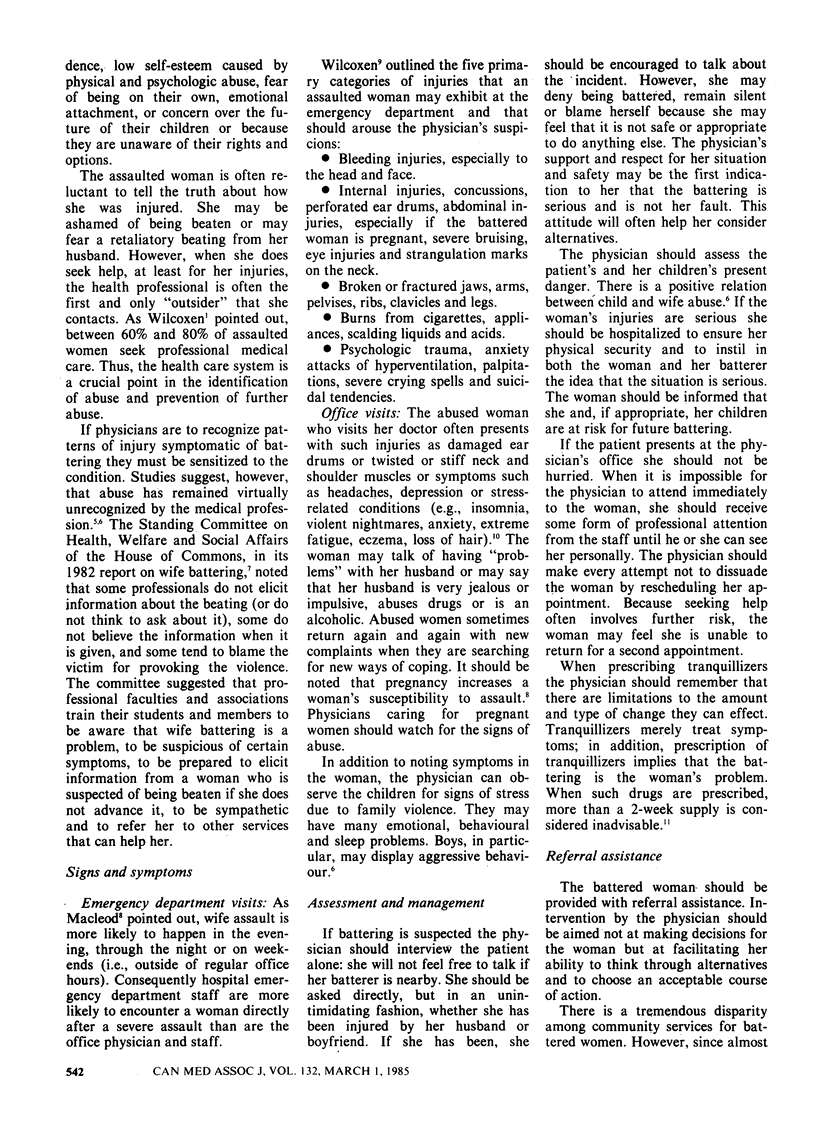
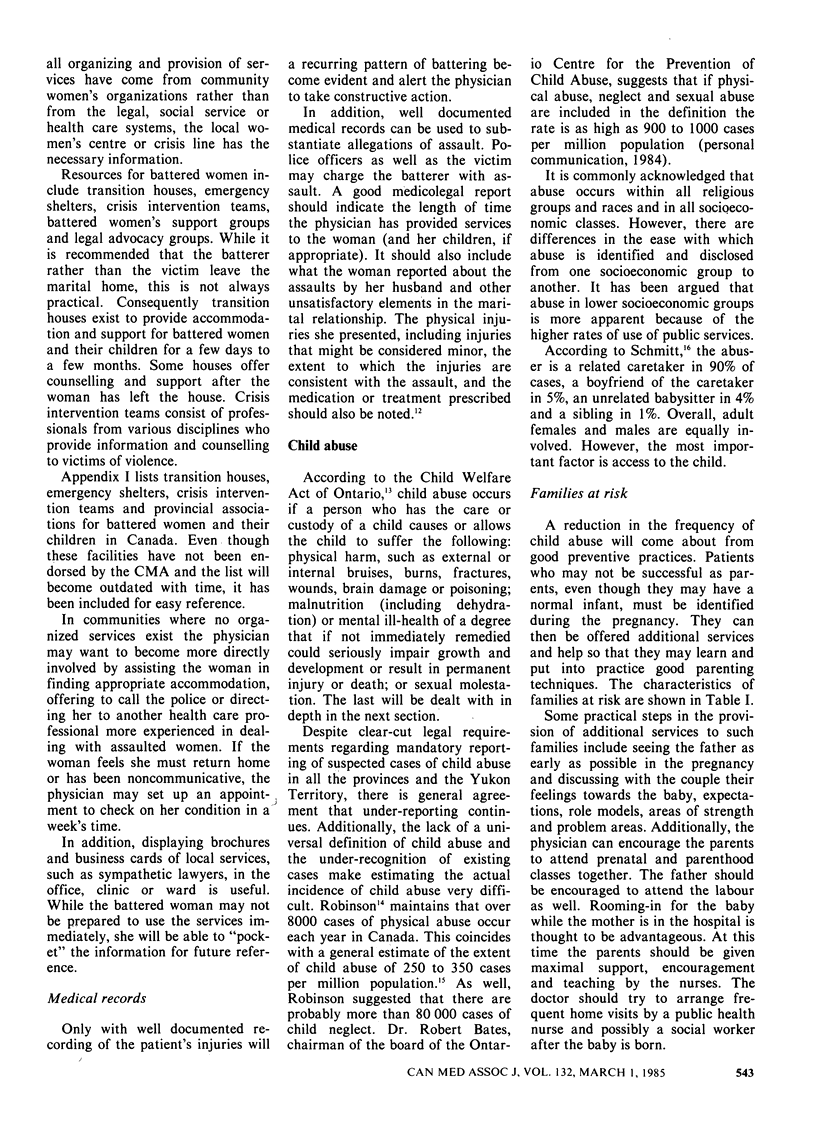
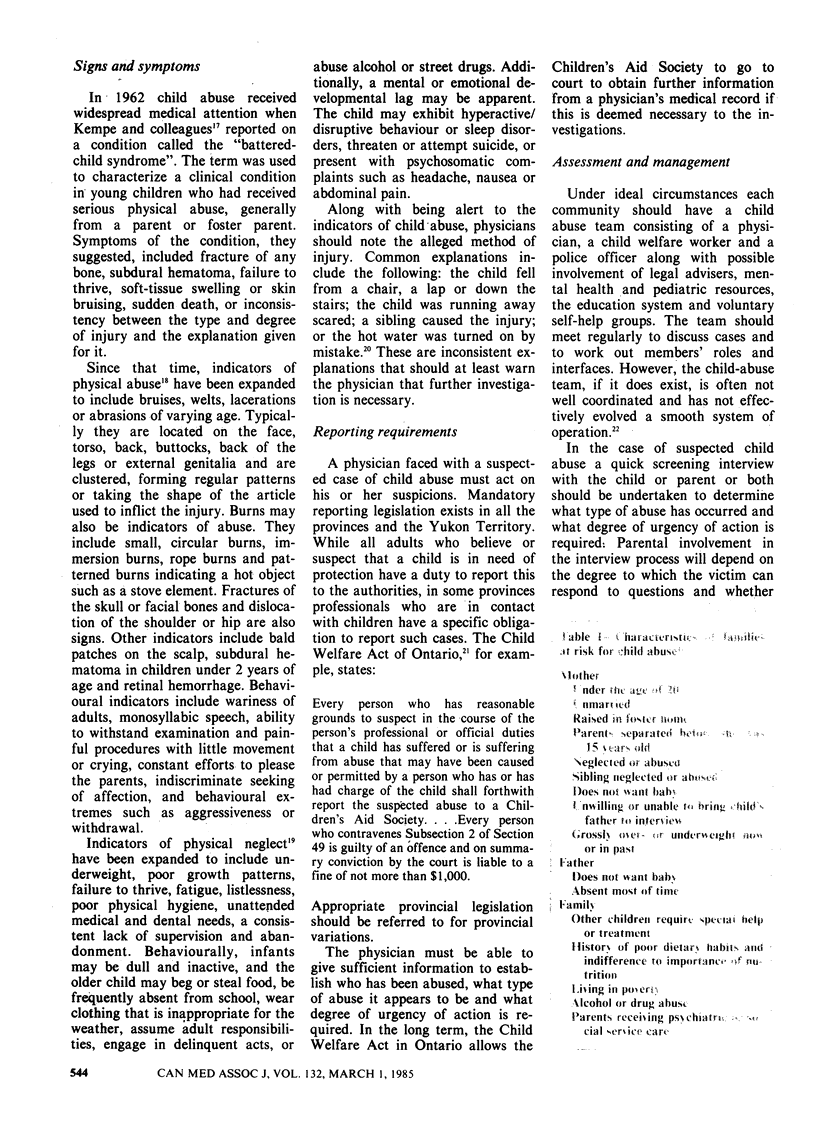

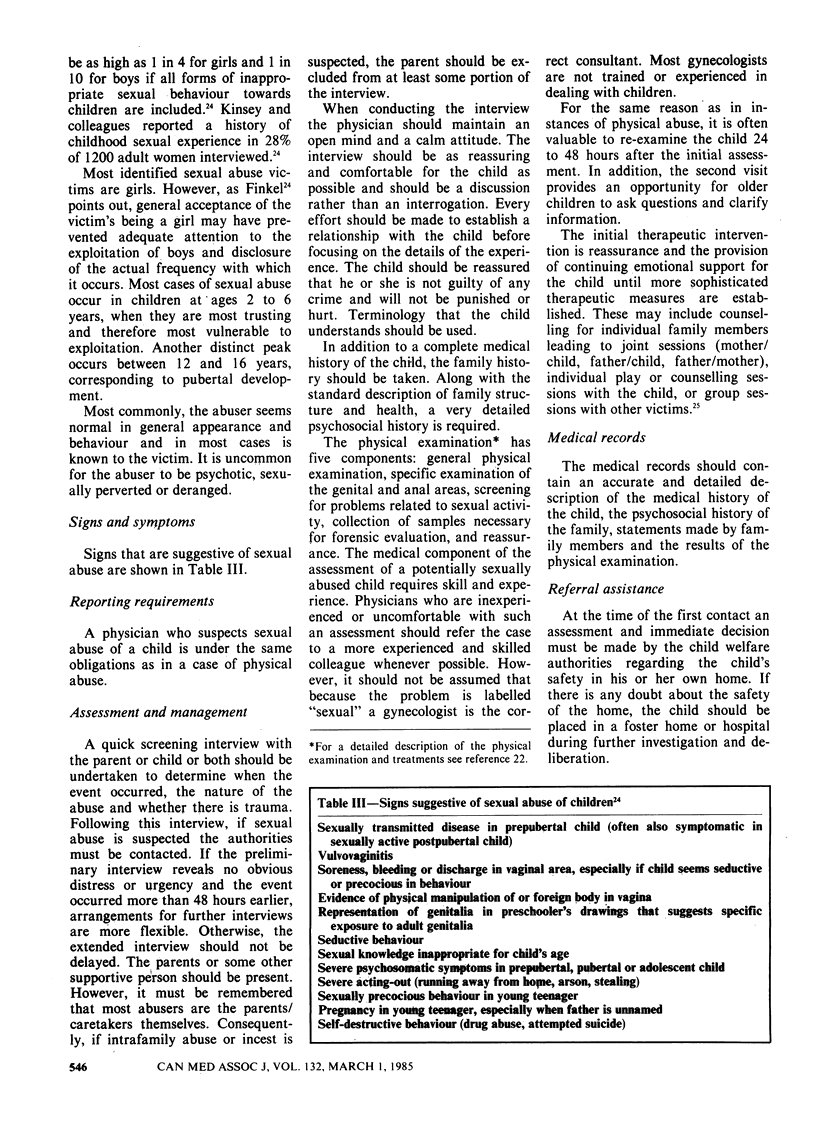
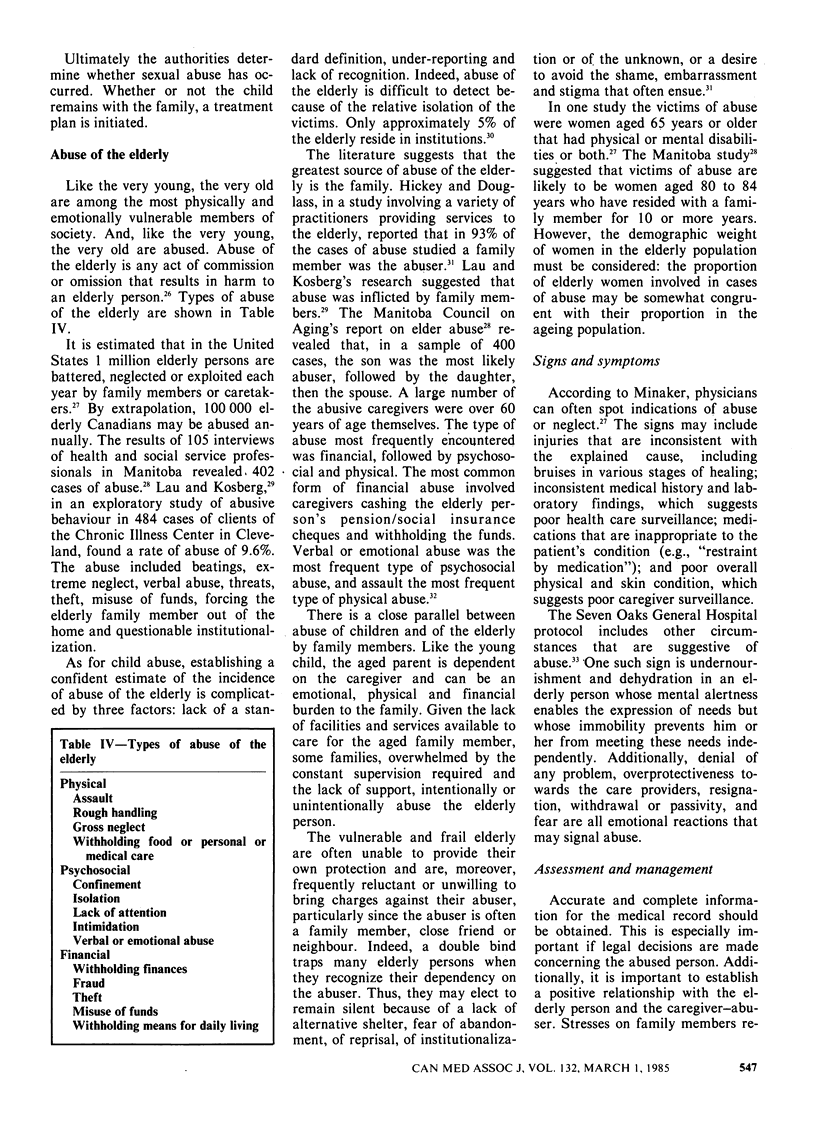
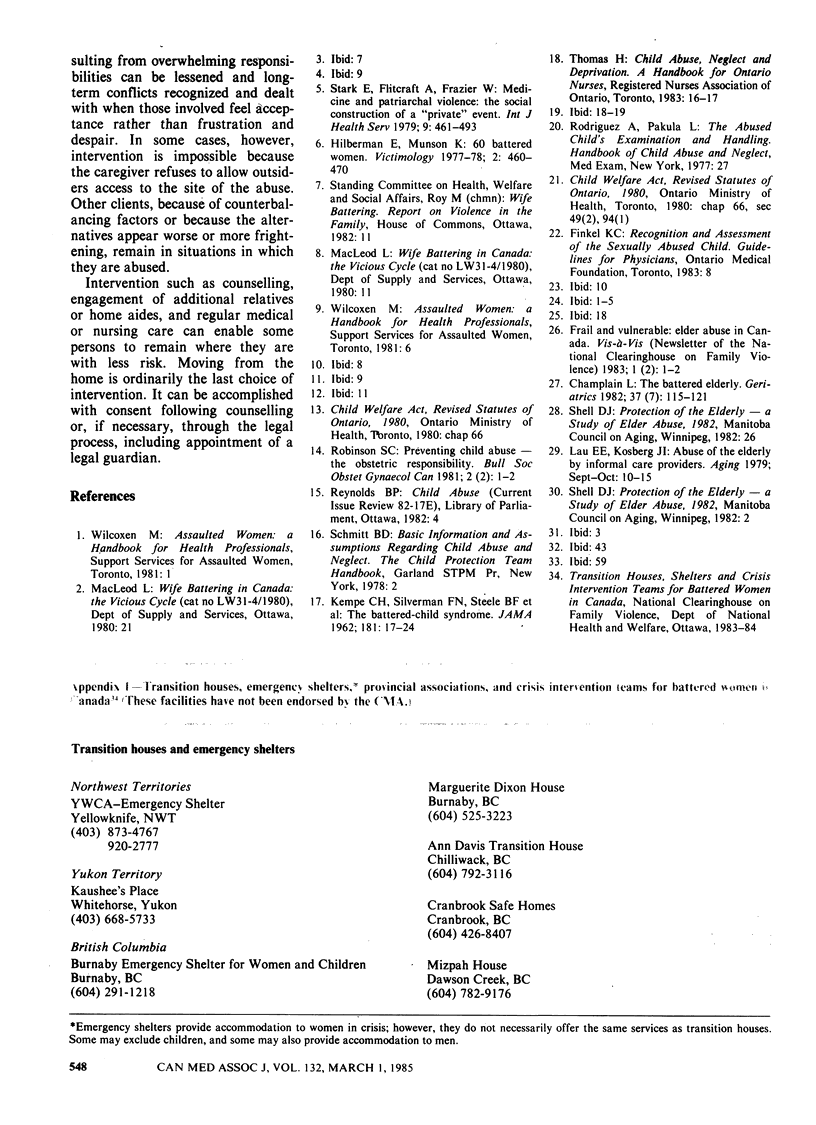
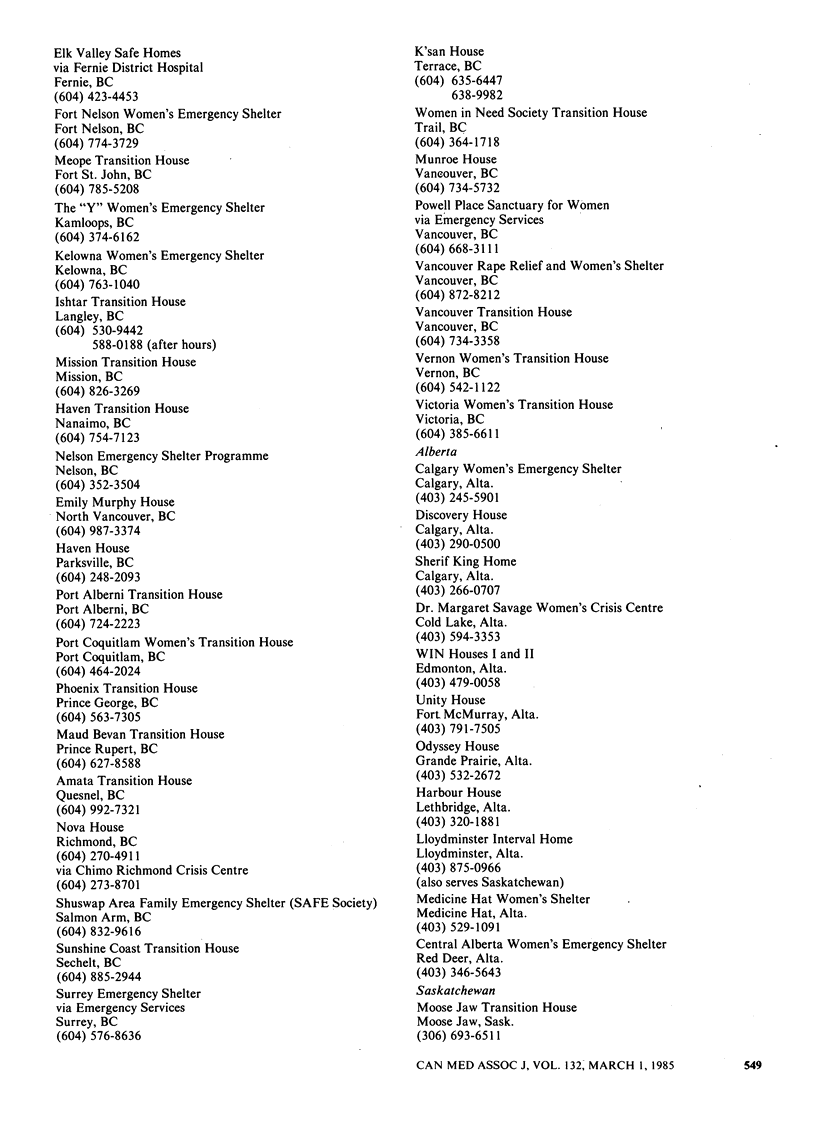
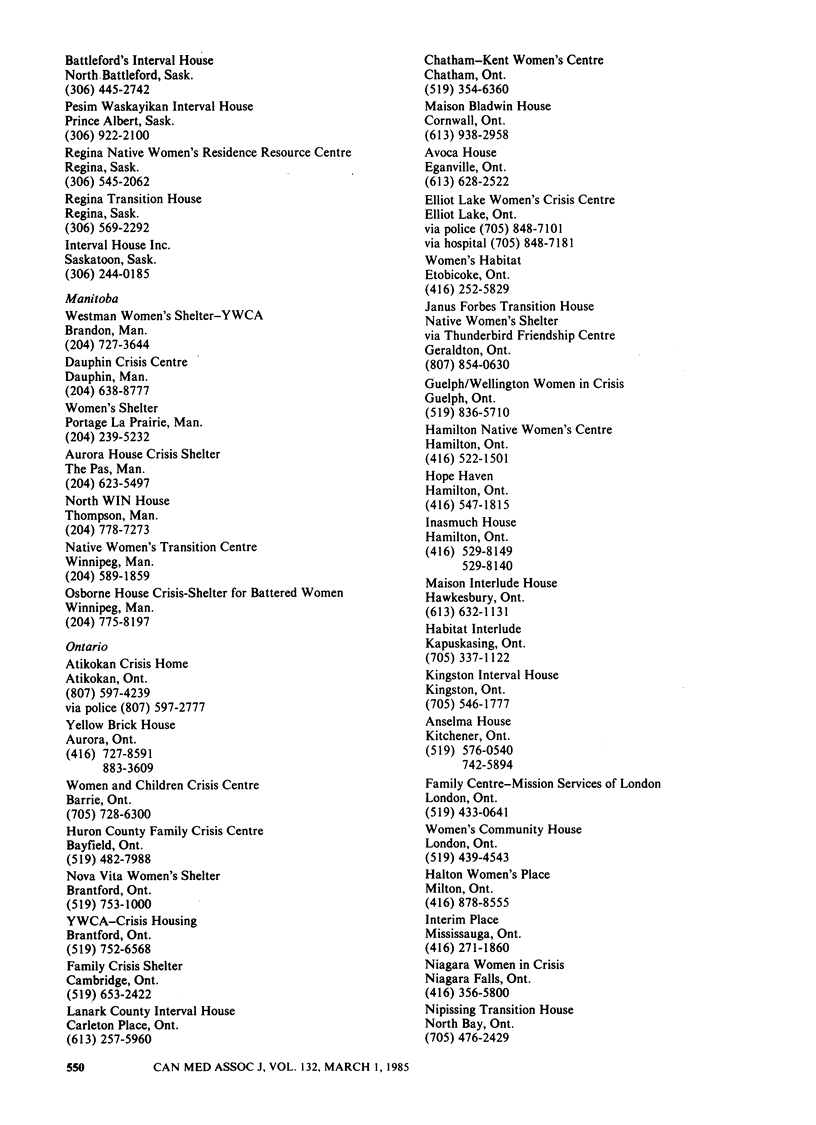
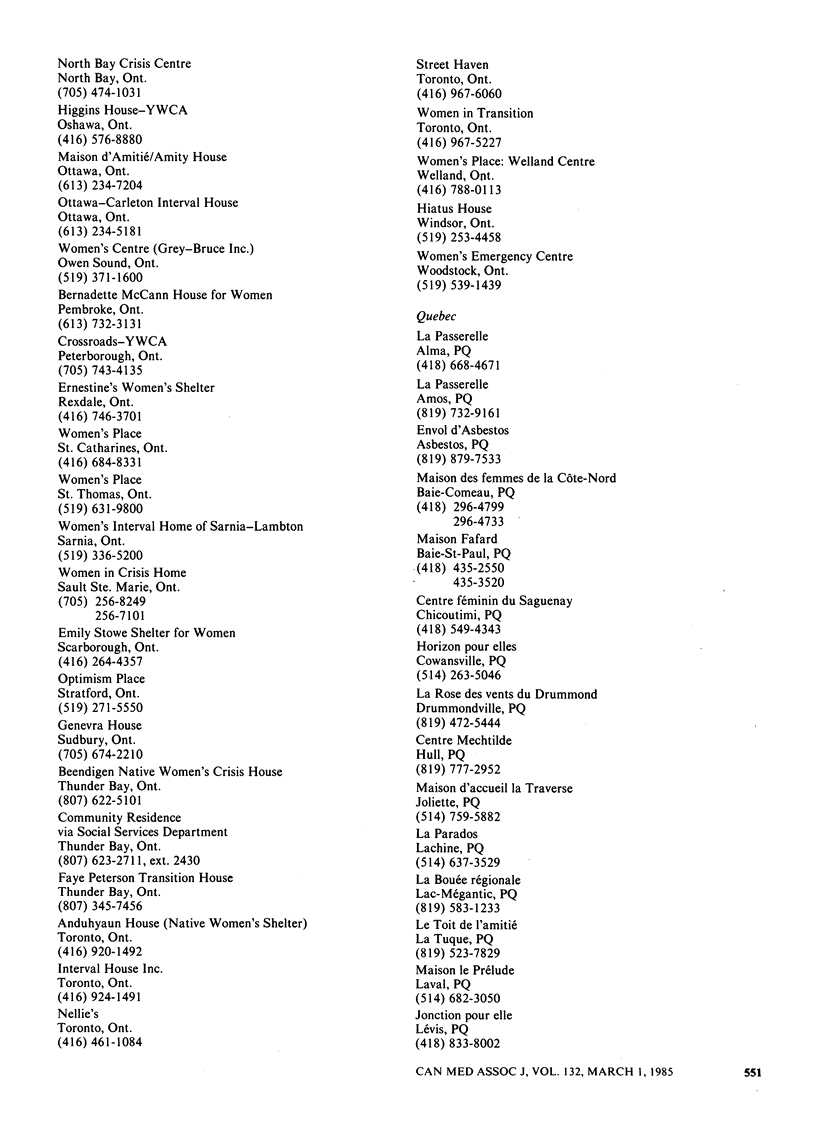
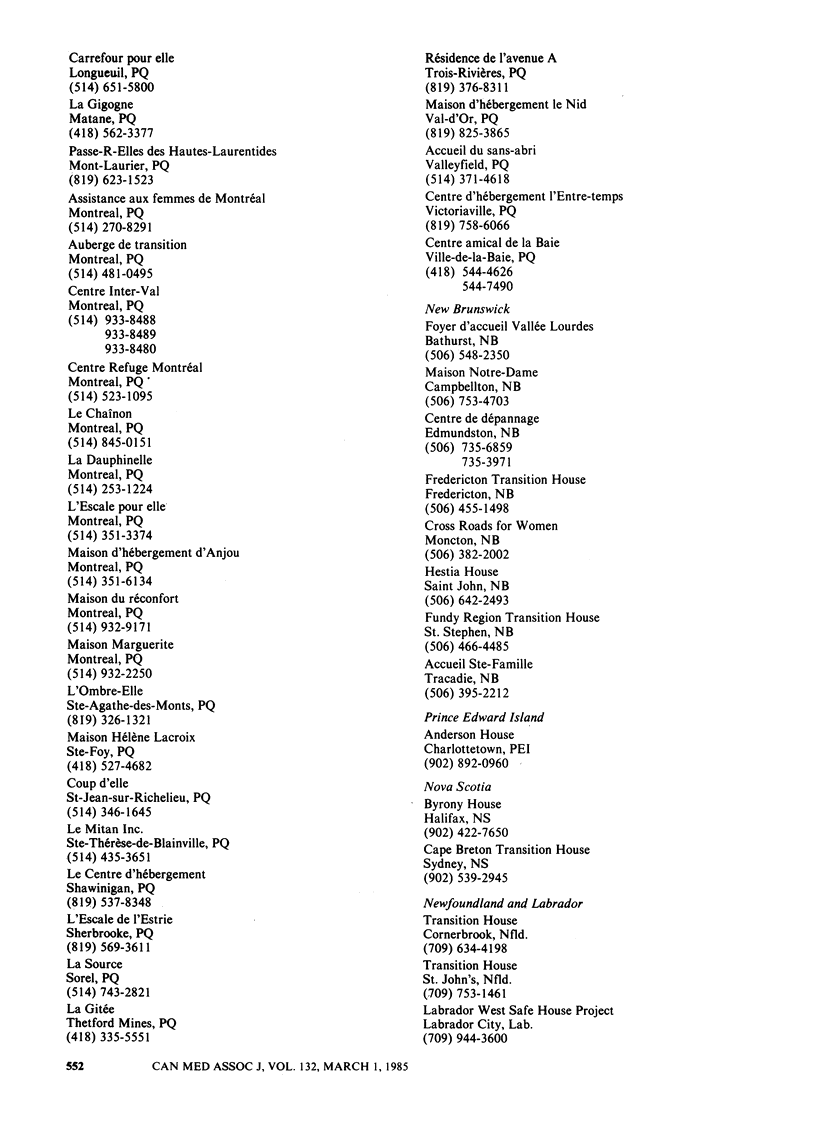
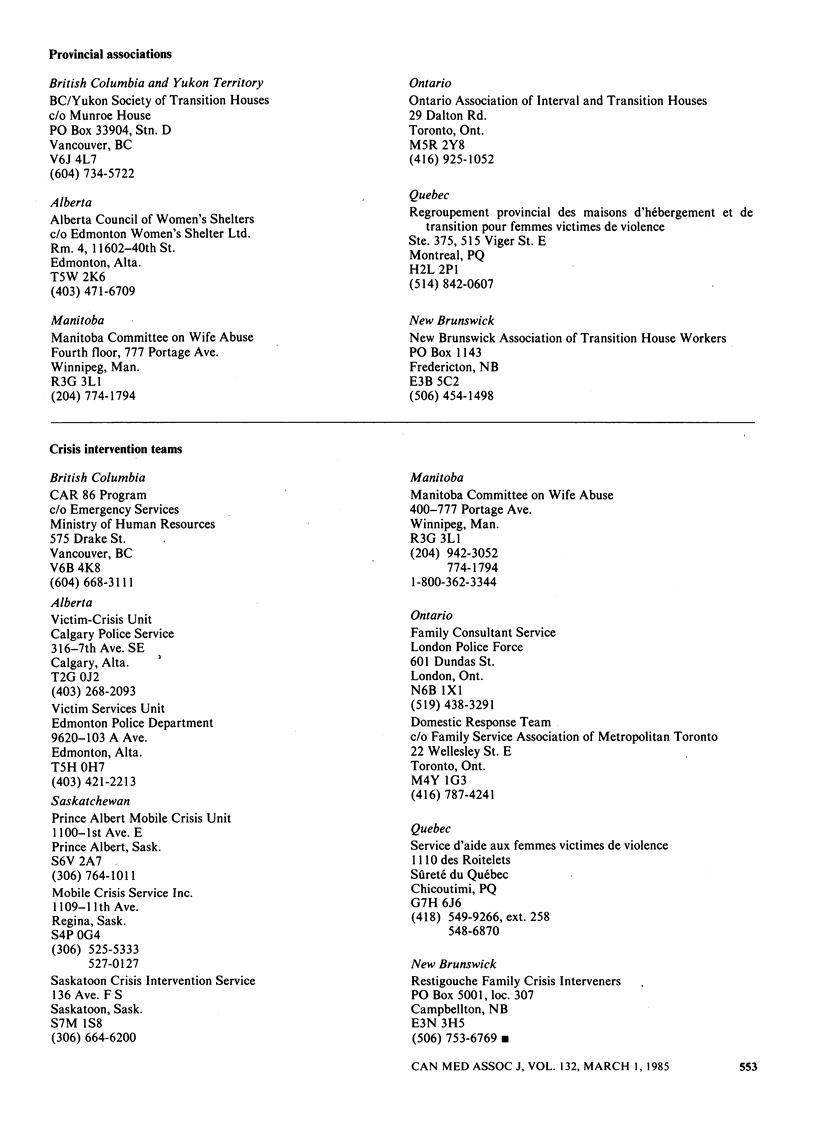
Selected References
These references are in PubMed. This may not be the complete list of references from this article.
- KEMPE C. H., SILVERMAN F. N., STEELE B. F., DROEGEMUELLER W., SILVER H. K. The battered-child syndrome. JAMA. 1962 Jul 7;181:17–24. doi: 10.1001/jama.1962.03050270019004. [DOI] [PubMed] [Google Scholar]
- Stark E., Flitcraft A., Frazier W. Medicine and patriarchal violence: the social construction of a "private" event. Int J Health Serv. 1979;9(3):461–493. doi: 10.2190/KTLU-CCU7-BMNQ-V2KY. [DOI] [PubMed] [Google Scholar]


